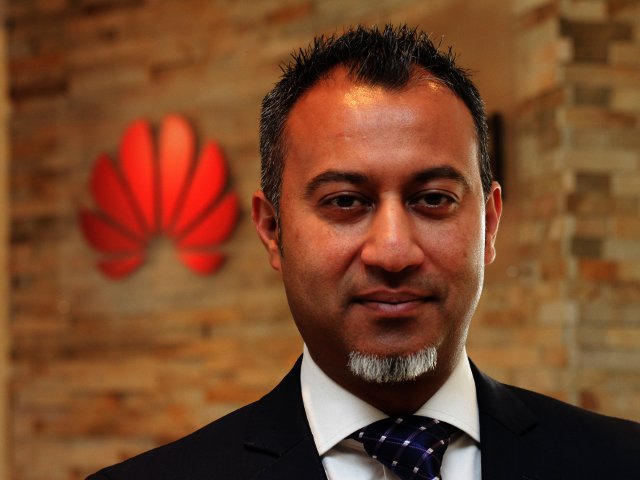By Yudi Rambaran, Director: Product Marketing of Huawei South Africa
It could be argued that size matters in the mobile device space, although Yudi Rambaran, Director: Product Marketing of Huawei South Africa suggests that user demands are heralding a new era in phone specifications.
Pity the analysts and commentators tasked with predicting trends in the mobile phone market. The pioneering launch of the smartphone by Apple in 2007 had hardly got out of the starting blocks - admittedly at some pace - before smartphone sizes suddenly started ballooning four years later. Five-, six- and seven-inch phones were no longer the oddball innovation but rapidly the standard.
The question on everyone's mind is: what's next?
At Huawei we have enjoyed tremendous success with our own range of plus-5-inch phones - from the popular 6-inch Ascend Mate series to the MediaPad 7 Vogue - and believe that this represents more than simply a trend.
Take for example the predictions that the so-called phablet will account for more than a third of global mobile phone sales this year, growing to 59% in 2019 - that is 1,5 billion units. Such is the impact that larger screen phones are expected to outsell traditional tablets by 3 to 1 by that time.
There are many plausible reasons for this growth driven almost exclusively by consumer demand and habits.
As mobile phones have evolved from the first-generation releases, so has the expectation that apps and services allow users to do more than simply make a phone call. This has also been driven by increased processing power packed into the larger devises.
The Ascend Mate7, for example, sports an octa-core processor composed of four 1.8GHz Cortex-A15 cores and four 1.3GHz Cortex-A7 cores, in addition to a GPU.
The faster processors have allowed more complex and processor-hungry apps to be developed, which all feed users’ need for a more responsive, immersive experience.
The deal clincher is that once this speed and power are available, users want to be able to experience that on a high-resolution screen that fits the purpose.
Device manufacturers have had to respond to these changes in user needs, and do so rapidly.
And truthfully, the possibilities unleashed by the bigger screen size and processing power are only just starting to be realised by manufacturers and third-party app developers. But what is certain is that this wave is not about to subside.
The benefit to mobile network operators is another factor that should not be overlooked. Larger screens are allowing them to grow revenue as the more feature-rich applications consume more airtime and data.
The same economic benefits exist for app developers who are able to make more immersive – and therefore appealing – apps that exploit the abilities of higher resolution screens.
The collective force of user demands and product innovation can be expected to propel the phablet market to ever-greater heights.
What those heights may be, only time will tell.
Considering that it’s been less than four years since the first plus-size phone emerged, the room for further development and innovation is boundless.
Huawei has firmly grasped this potential and is actively working on continuing to deliver devices that meet and drive consumer needs. The one thing we are sure of is that shipments will continue to grow, as will the features we intend bringing to market.





